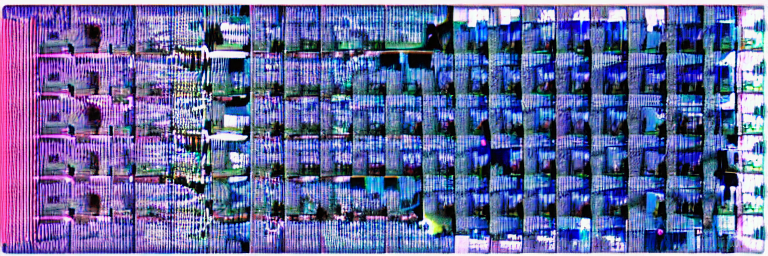An Introduction
GPT–4 (Generative Pre–trained Transformer 4) is a natural language processing model developed by OpenAI. It is based on a deep learning technique known as a transformer, which enables the model to understand the context of text. GPT–4 is the fourth iteration of the GPT (Generative Pre–trained Transformer) model, and is the largest language model ever released.
GPT–4 can be used for a variety of tasks, including text generation, translation, summarization and question answering. The model is trained on a massive dataset of text, and is able to generate new text that is similar in style and content to the training data. GPT–4 is particularly impressive because it is capable of generating human–like text without any additional human input or supervision.
GPT–4 is designed to be highly efficient and fast, making it suitable for a variety of applications. It has been used for applications such as automated customer support and natural language understanding. GPT–4 has also been used in research to generate news articles, poetry and even generate images from text.
The GPT–4 model has been well–received by the AI community, and has been praised for its impressive performance. GPT–4 is set to revolutionize the field of natural language processing, and its capabilities are sure to be expanded in the future.
Examples
1. Text Generation: GPT–4 can be used to generate text that is indistinguishable from human–written text. This can be used for applications such as automated writing assistants, summarization systems, and question answering systems.
2. Natural Language Processing: GPT–4 can be used to better understand natural language by identifying patterns, relationships, and context within text. This can be used for applications such as sentiment analysis, text classification, and machine translation.
3. Language Modeling: GPT–4 can be used to generate language models that can be used to generate new text or to complete unfinished sentences. This can be used for applications such as text completion tools and automated dialogue systems.
4. Image Captioning: GPT–4 can be used to generate captions for images that accurately describe the contents of the image. This can be used for applications such as automated image captioning systems.
5. Autocomplete: GPT–4 can be used to generate autocomplete suggestions based on previously typed words. This can be used for applications such as web search engines and text editors.
Advantages and Challenges
The GPT–4 is an artificial intelligence system developed by OpenAI. It is the fourth version of the GPT series and is designed to generate natural language given a prompt. GPT–4 has many advantages over its predecessors, including increased accuracy and better performance on a variety of tasks.
Advantages of GPT-4
• GPT–4 is capable of producing much more human–like language than its predecessors, enabling it to produce more natural–sounding responses.
• GPT–4 is able to learn from its mistakes, allowing it to improve its performance over time.
• GPT–4 is able to generate text that is similar to that of human authors, allowing it to generate more realistic responses.
• GPT–4 is able to generate responses that are more relevant to the context of the prompt, allowing for more meaningful conversations.
• GPT–4 is able to generate responses faster than its predecessors, allowing for greater efficiency.
Challenges of GPT-4
• GPT–4 has difficulty comprehending complex language and concepts, making it difficult to generate responses to more abstract questions.
• GPT–4 is prone to generating responses that are nonsensical or inappropriate, making it difficult to trust its responses in some situations.
• GPT–4 is limited in its ability to generate responses that are creative or original, making it difficult to use in creative applications.
• GPT–4 is limited in its ability to generate responses that are contextually appropriate, making it difficult to use in conversations with non–native speakers.
• GPT–4 is limited in its ability to generate responses that are tailored to the user, making it difficult to use in personalized applications.
The Future Outlook of GPT-4
GPT–4, a language model developed by OpenAI, has been a breakthrough in Natural Language Processing (NLP). Its ability to generate human–like text has been a remarkable advancement in the field of NLP.
The future outlook for GPT–4 is very promising. OpenAI is also working on GPT–4, which is expected to be even more powerful than GPT–3. GPT–4 is expected to incorporate more advanced features such as knowledge representation and reasoning. It is also expected to incorporate more natural language understanding capabilities.
It is expected to be used in a variety of applications such as machine translation and text summarization. It is also expected to be used in natural language dialogue systems and conversational AI.
Overall, the future outlook for GPT–4 is very exciting. OpenAI is continuing to develop the technology and the applications of GPT–4 are only going to become more advanced. GPT–4 can potentially revolutionize the way we use natural language and it is sure to create a lot of opportunities for businesses and individuals.

